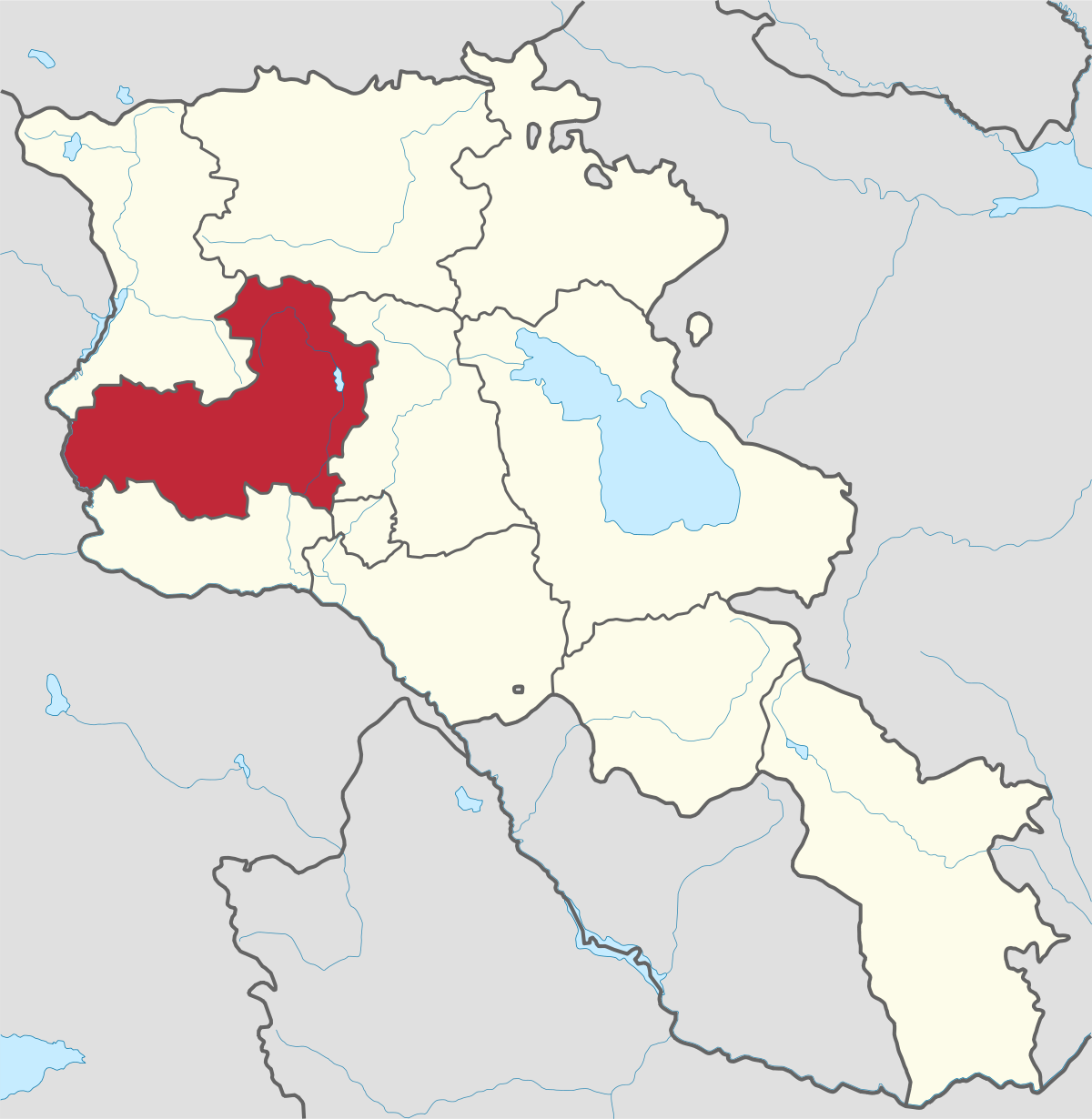
Aragatsotn Region
Aragatsotn is named after the massive mountain (4095m / 13,435 ft.) that hovers over the northern reaches of Armenia. This region is one of the...
Khndzoresk cave settlement
Old Khndzoresk cave settlement is set on the right and left slopes of a long valley. The slopes are in turn punctuated by deep gorges. The origin of the name "Khndzoresk" comes from the Armenian word “Khor Dzor” for Deep Canyon.
History
The cave settlement is dated from excavations on the valley floor. Excavators found numerous bones, pottery pieces and utensils from the Neolithic, Bronze and Iron Ages. Most of the caves were carved in the late Iron to medieval ages. By 1913, three thousand families lived in valley caves, making the largest village in Eastern Armenia.
The old village was elaborately planned and well made, large homes carved deep into the limestone walls, and additional front rooms, windows, doors, porches and small gardens built in front.
Homes were stacked on top of each other, ingeniously rigged with trap doors and interconnecting tunnels, used in time of invasion to escape into hidden caves where they could hide. Other than the 1800 remaining cave dwellings, finally abandoned in the 1980s, many still used for storage, there are a number of sights worth exploring.
Hripsimeh church
The large triple nave St. Hripsimeh is near the valley floor, on a low shelf of land. The church has a spacious hall with tall columns and windows on the south wall. The window frames and main entry are products of its 1665 renovation, described in an inscription over the western entry. About 100 m from St. Hripsimeh is the Spring Cave, a still sacred site underneath a medieval archway.

Aragatsotn is named after the massive mountain (4095m / 13,435 ft.) that hovers over the northern reaches of Armenia. This region is one of the...
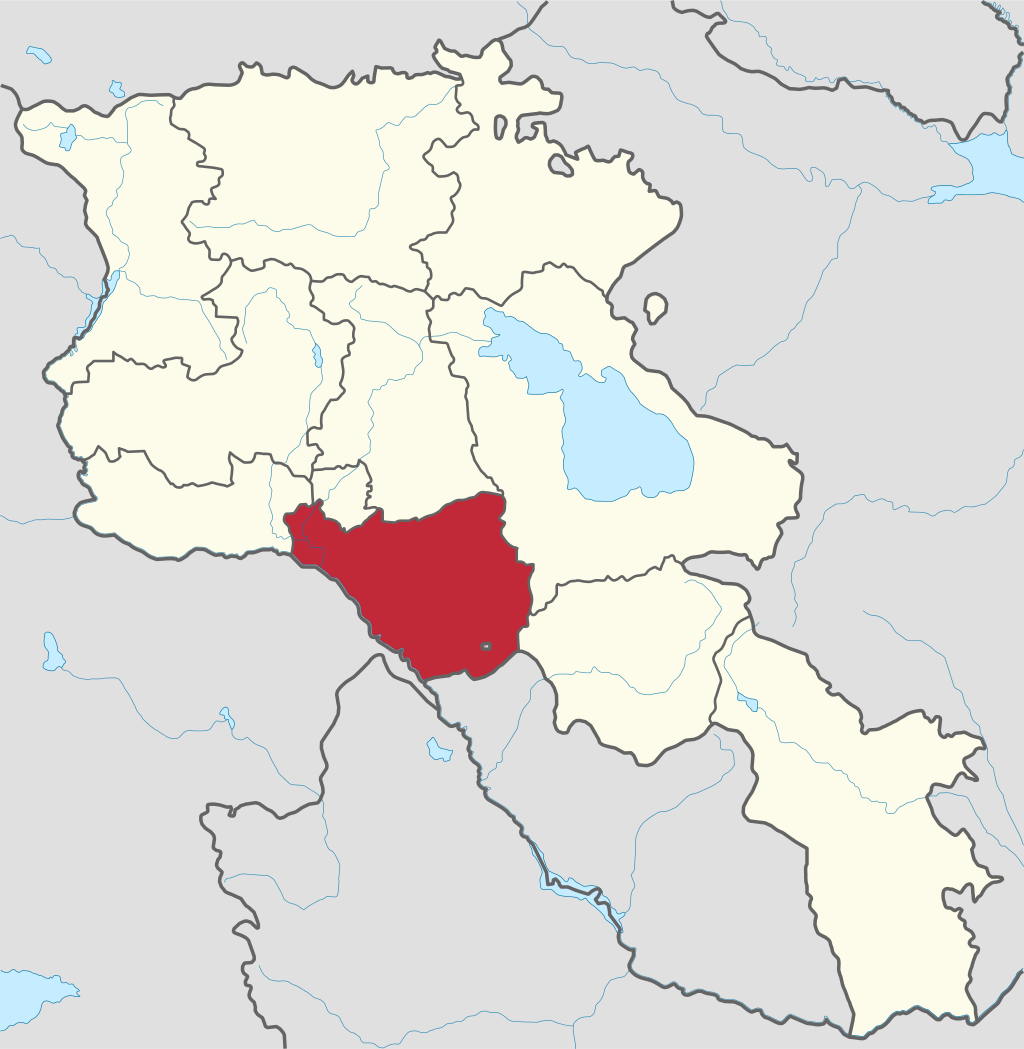
Ararat region is named after the biblical Mount Ararat which is mentioned in the Bible as a place where Noah’s ark has landed after the Great...
.png)
Armavir Region - Because of its Christian history the region is most famous for locals and Diaspora Armenians, who make pilgrimages to Armenia to...
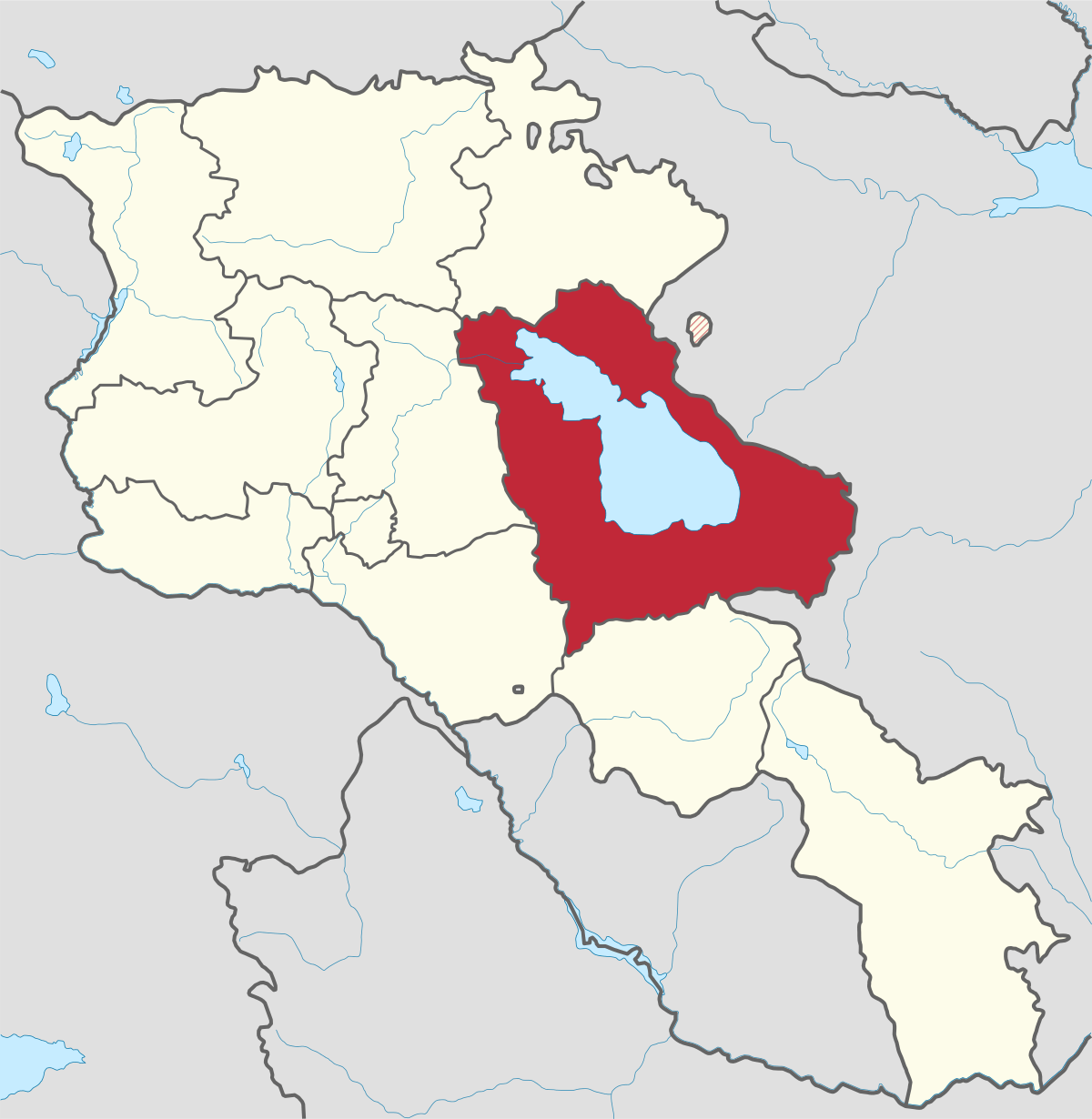
Gegharkunik ist die größte Region Armeniens, die an Aserbaidschan und die Shahumyan-Region der Republik Berg-Karabach grenzt. Ein Viertel der...
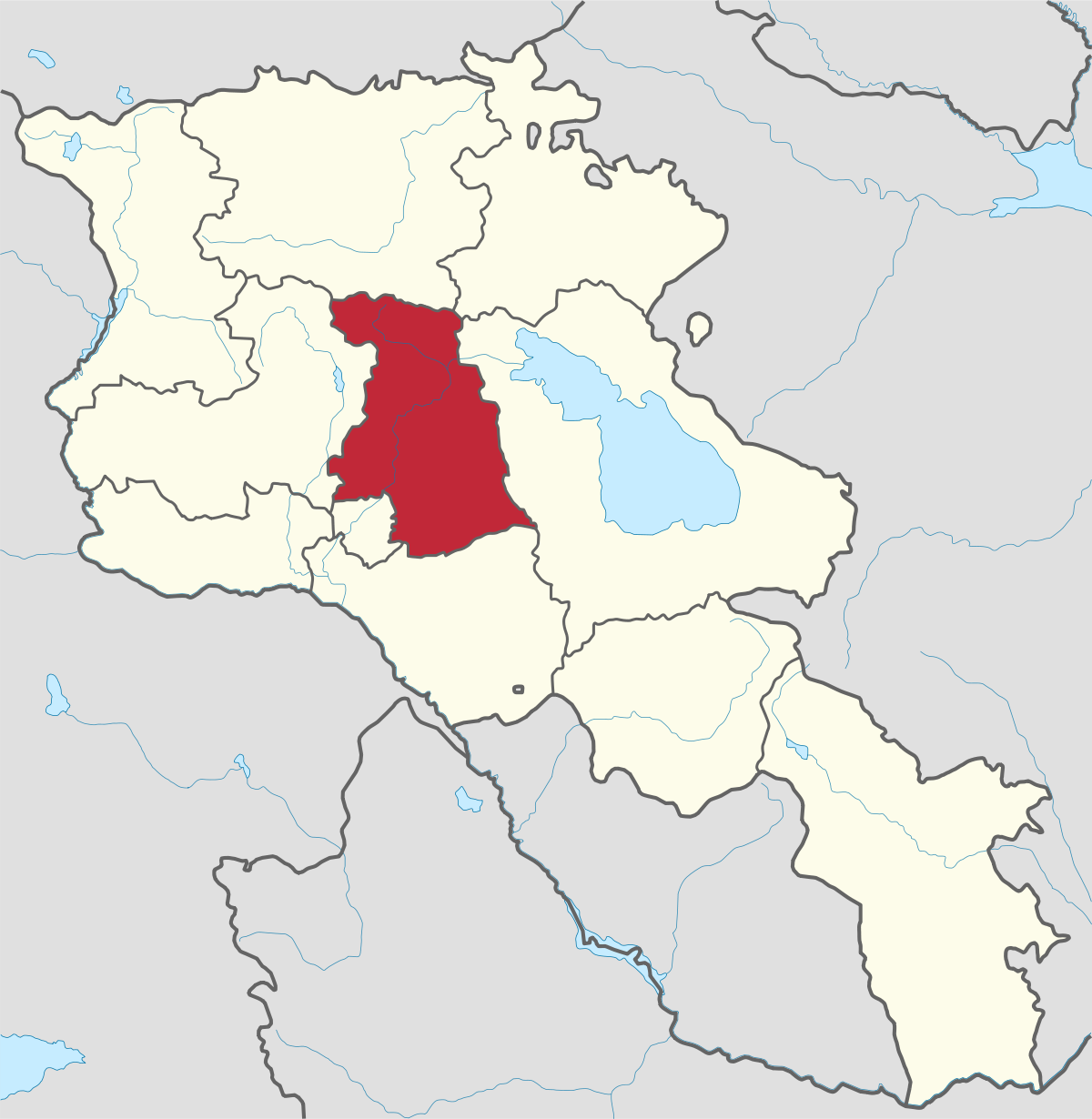
Kotayk region is located at the central part of the country and is home to many must-see sites in Armenia including the pagan Temple of Garni...
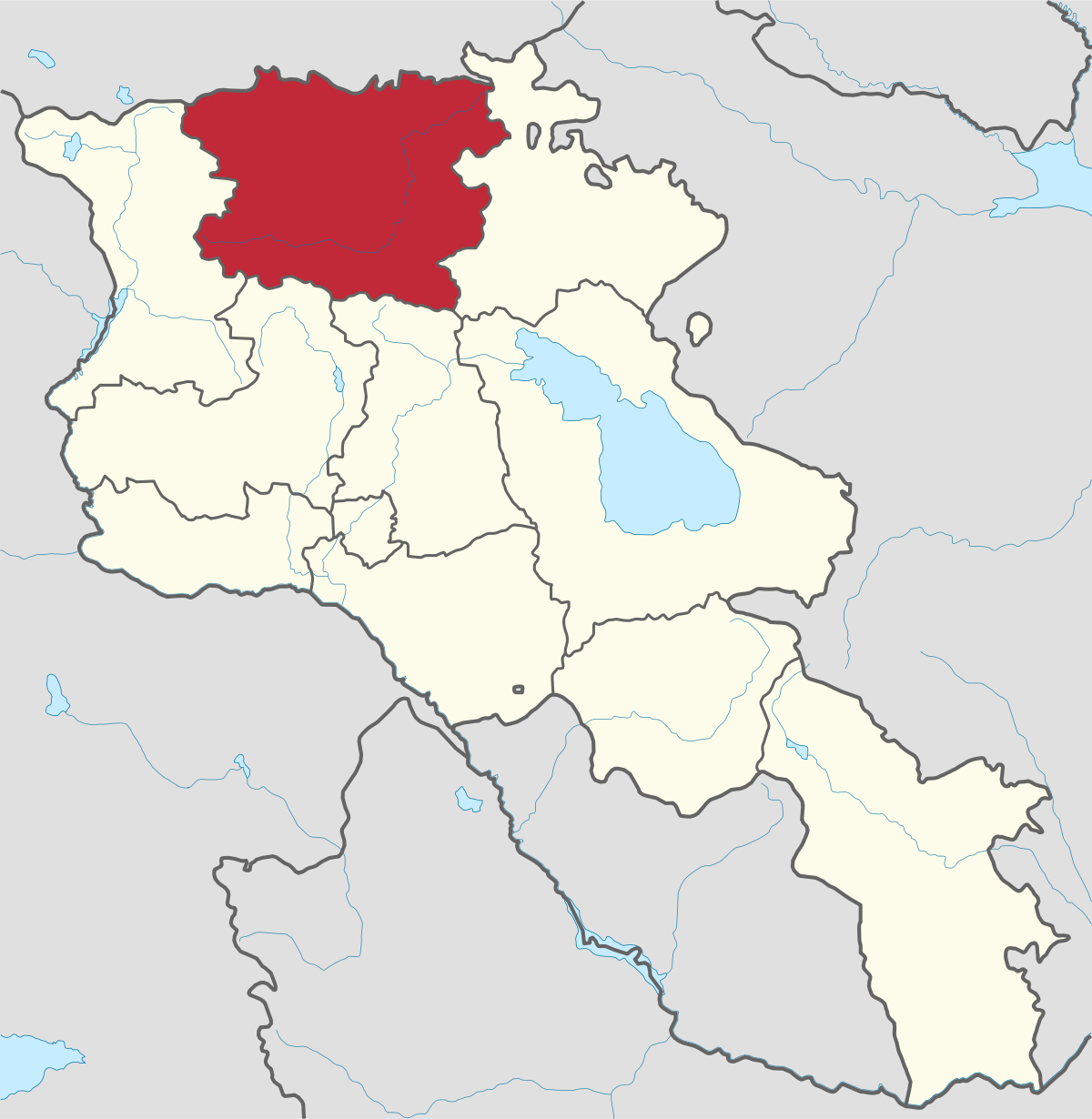
Lori region is in the northern part of Armenia, bordering on Georgia. It is considered Armenia’s greenest area, with more native forest land than...
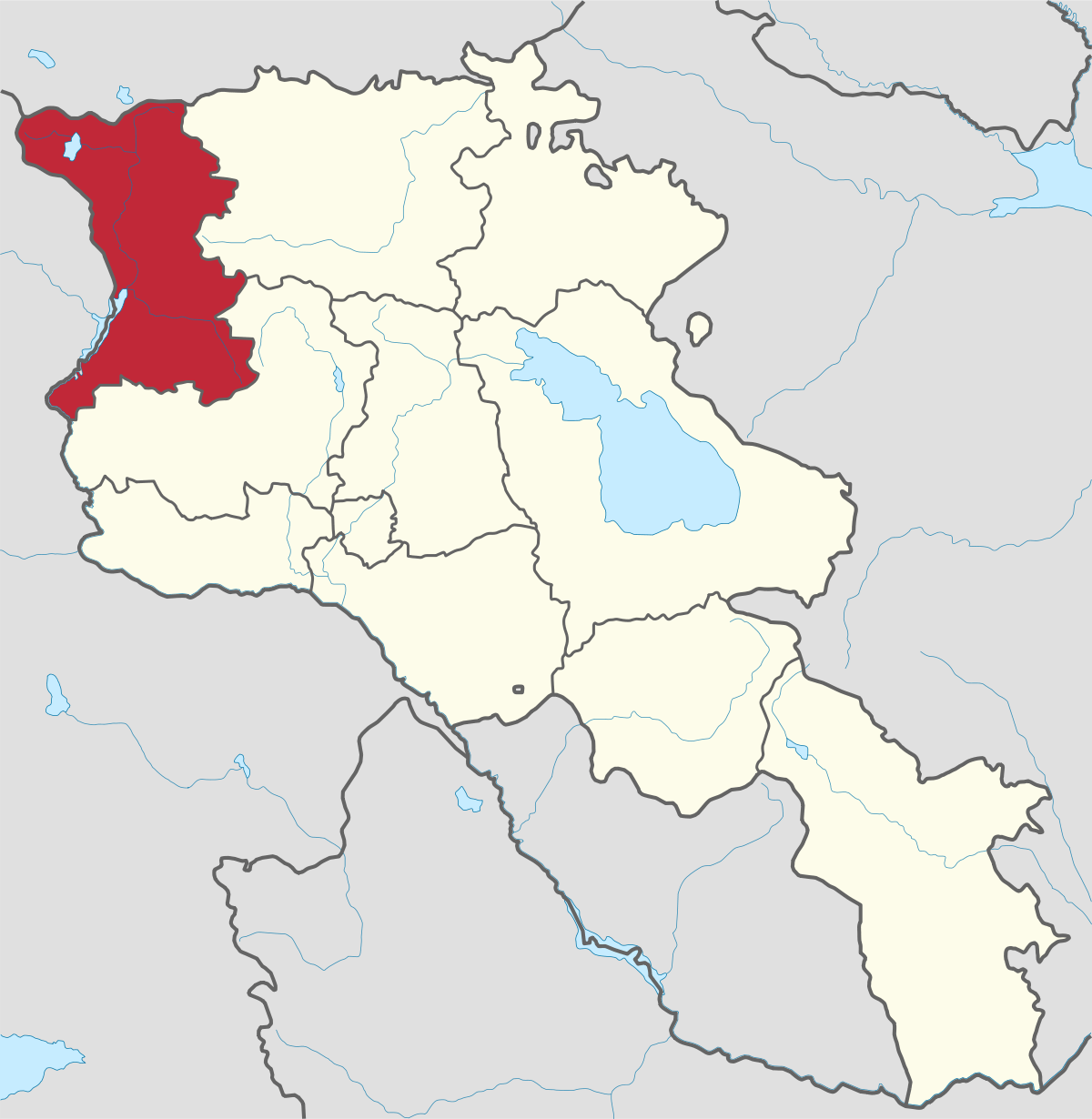
Shirak region lies in the north-west of Armenia. It borders with Georgia and Turkey. Shirak region is mainly dominated by the Ashotsk Plateau and...
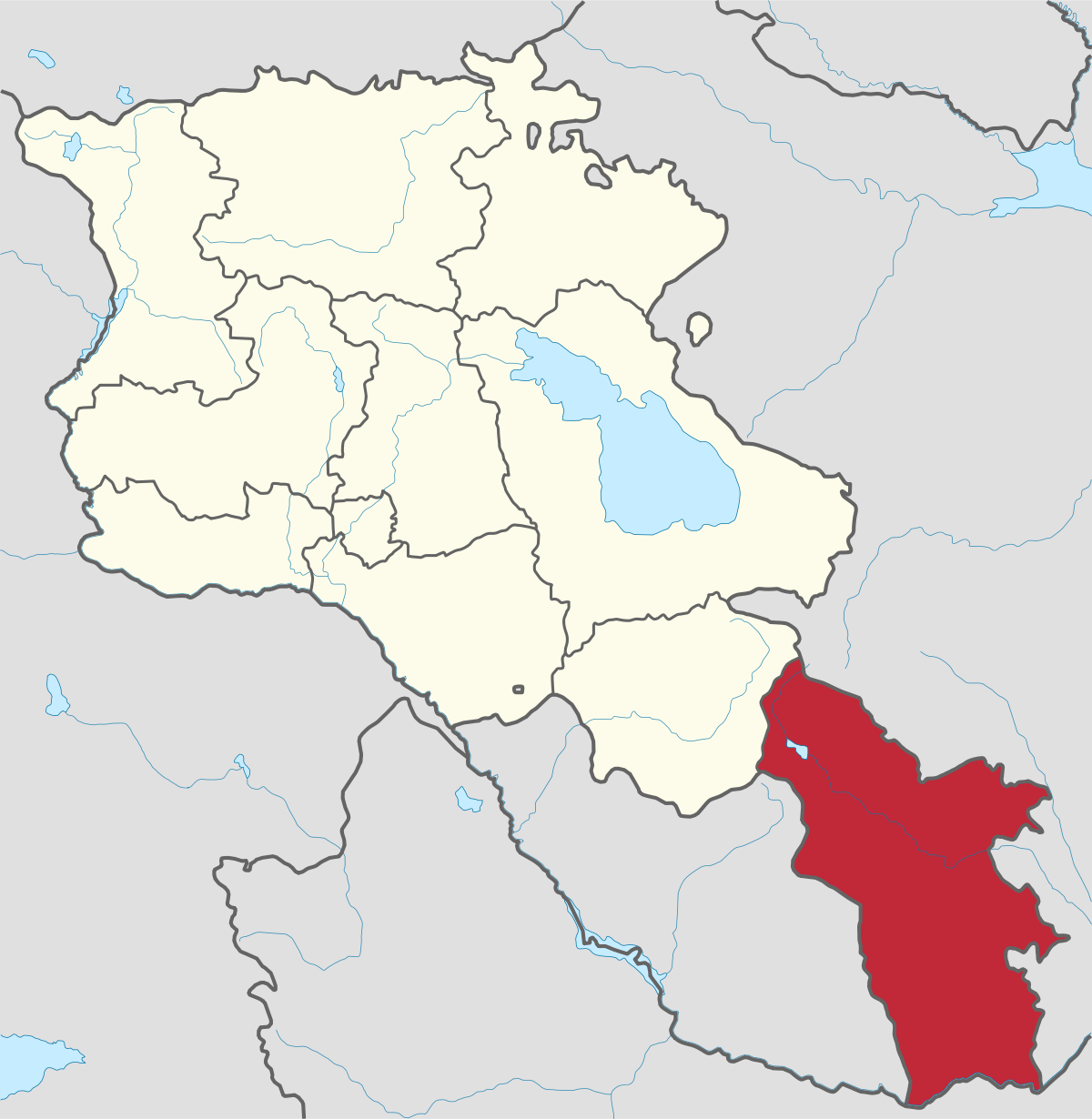
Syunik region- It is in the southern part of Armenia, bordering by Azerbaijan's Nakhchivan Autonomous Republic exclave, the de facto independent...
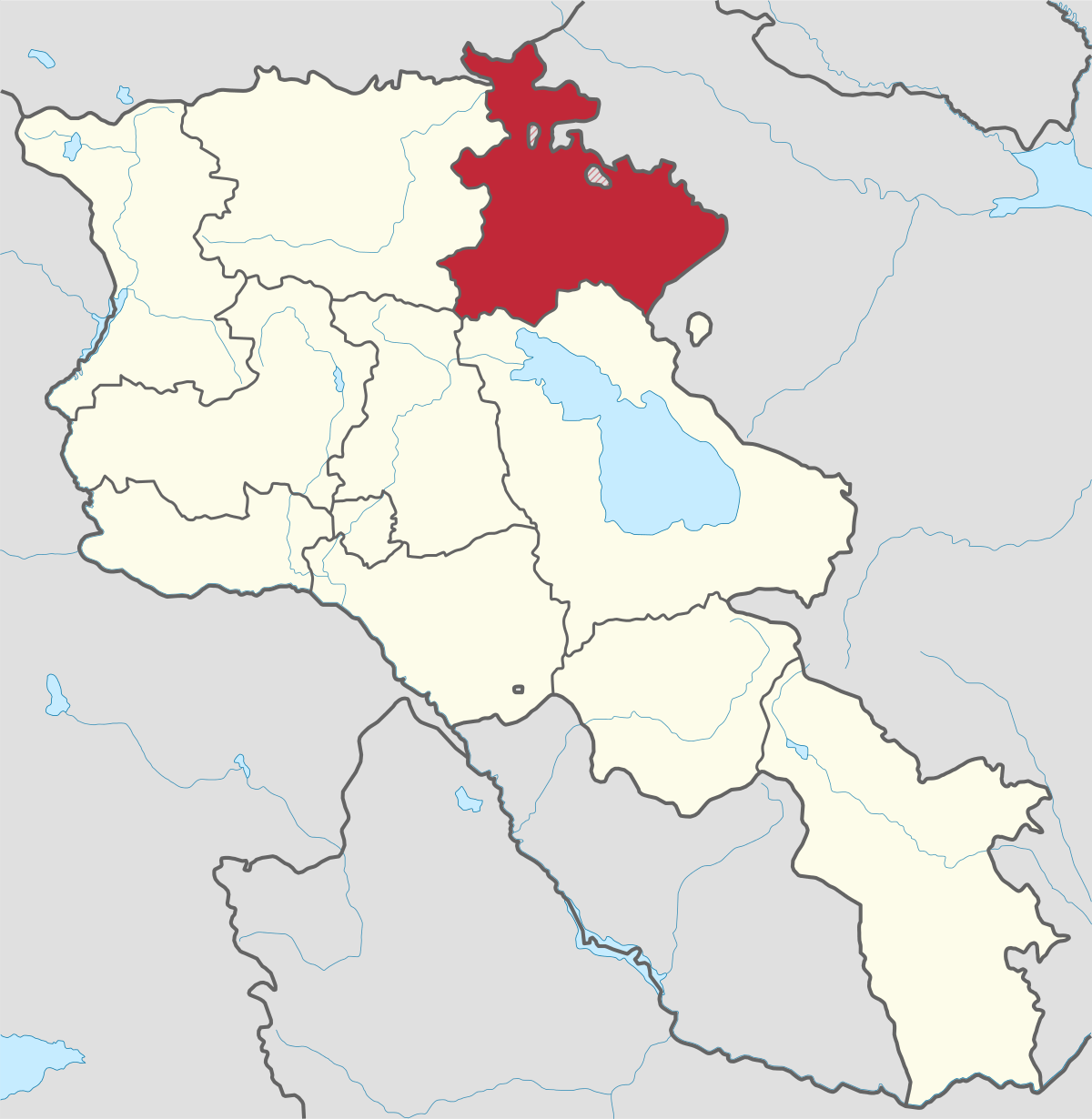
Tavush region lies in the Northeast of Armenia, bordering by Georgia and Azerbaijan. The territory is mainly mountainous and rocky hillsides...
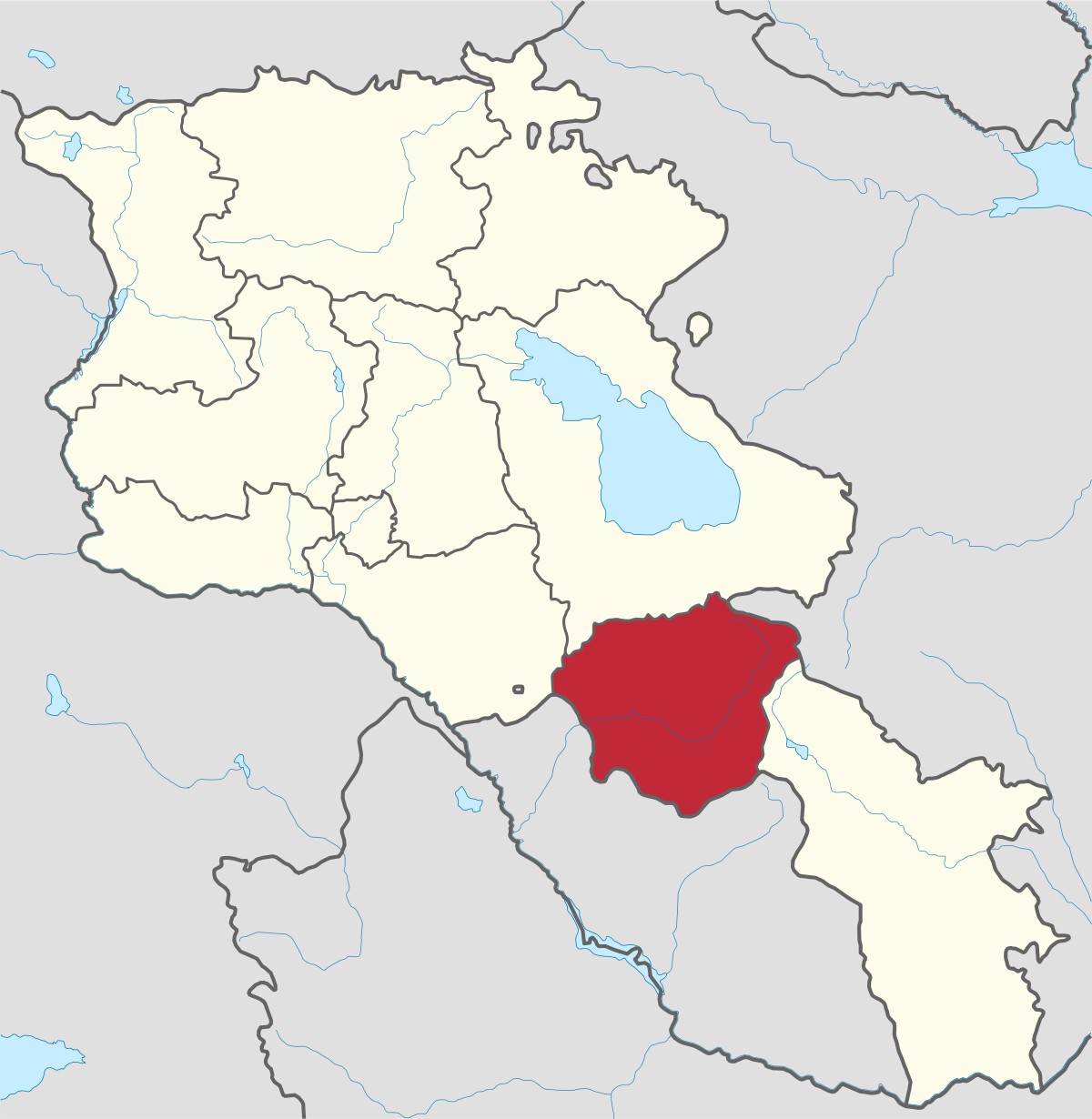
Vayots Dzor region is mainly a mountainous region at the southeastern end of the country, known with Jermuk Waterfall, Areni cave, Smbataberd...
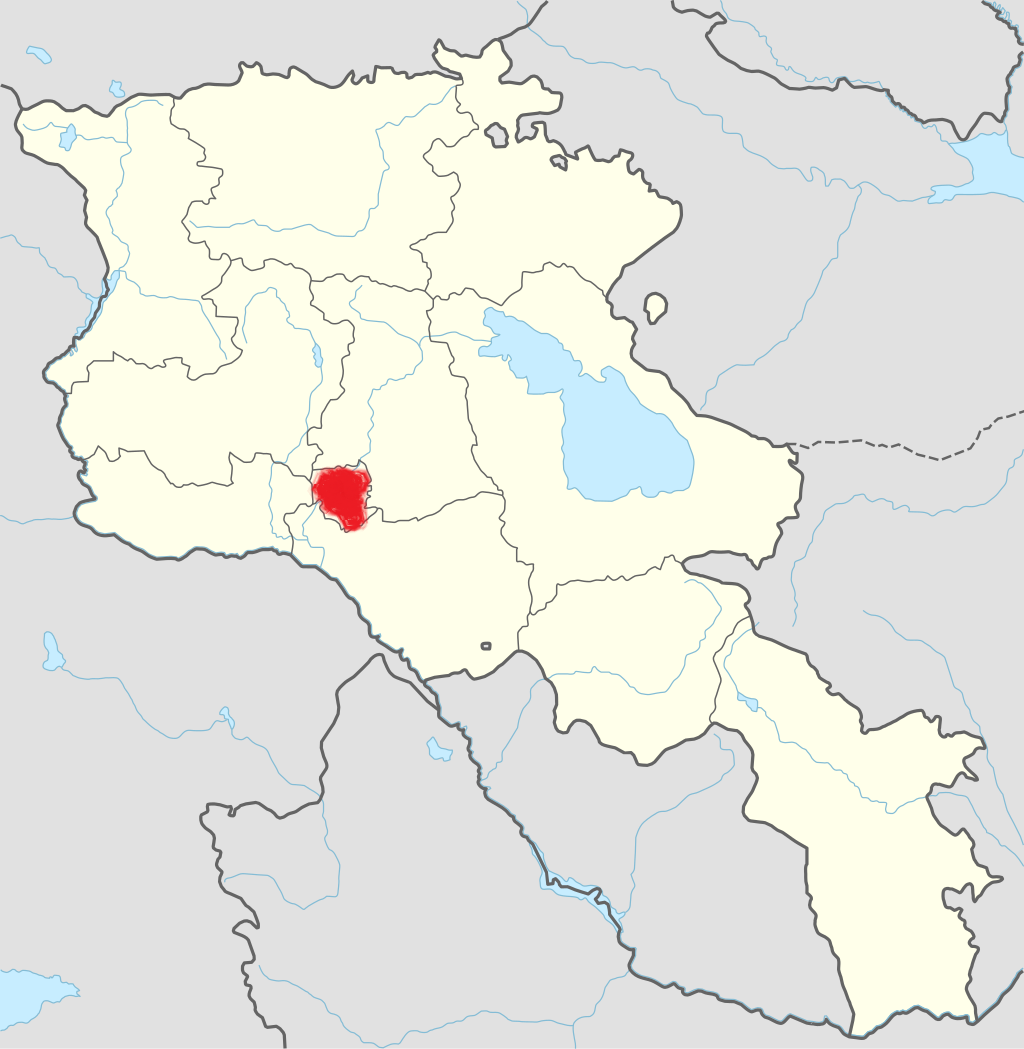
Yerevan city – 2800 years old. Yerevan is the capital of the Republic of Armenia with more than 1 million people. It is an amazing city with view...
800
149
1476
32